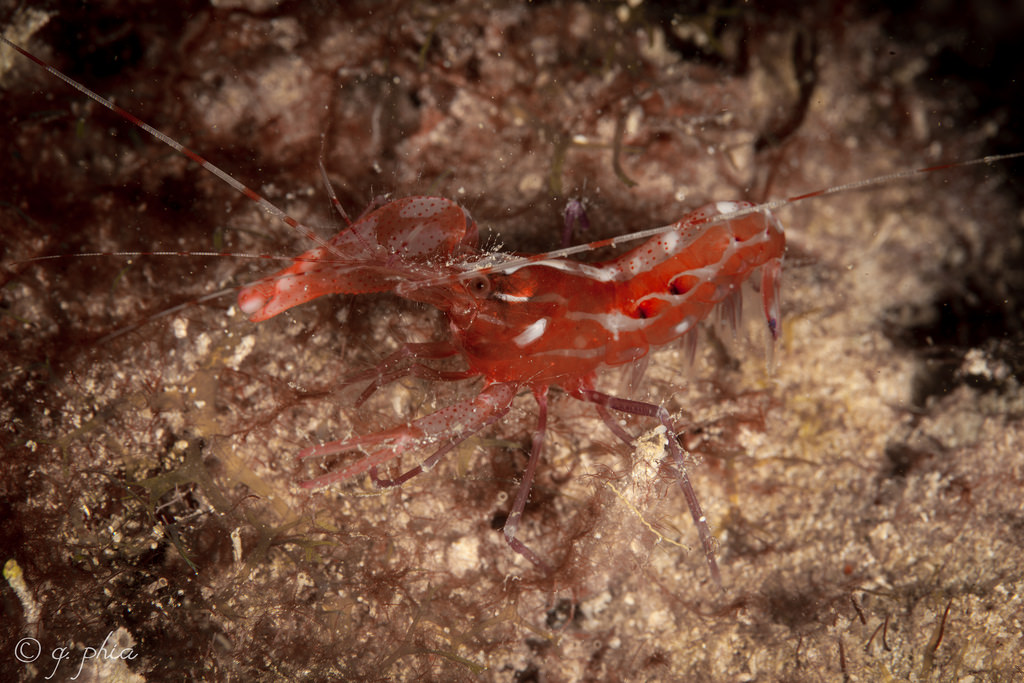Under the Sea: The Long and Short on Shrimp!
Shrimp are one of the most heavily consumed and requested, versatile and widely cooked, delicious and succulent shellfish on earth. In the United States, they make up about twenty-five percent of our seafood consumption, and typically, an average American eats close to four pounds of shrimp each year. It’s no wonder that it’s easily the most popular seafood in the country.
So if all you thought about shrimp was that they’re delicious fried, broiled, or grilled, there’s more to them than just that. Shrimp are in fact, quite energetic little creatures out in the wild, and do a lot more than just wait to be scooped up and served on a plate!
A little song and dance...
There are several shrimp species known as “cleaners”: a type of shrimp that searches for the open mouths of large fish to (safely) go inside and remove parasites in the mouth opening that suck blood. To attract these fish, cleaning shrimp perform a little dance while waving their white antennae. Say “aahhh…”
Sharp as a knife...
The Harlequin shrimp, which can be found in its natural habitat in the Pacific and Indian oceans, likes to feast on starfish. It has large, flat, oversize claws which can amputate a starfish limb which it will enjoy for dinner (don’t worry, starfish can regenerate their limbs).
Deep defenders...
In the deep sea world, the Indo-Pacific shrimp finds living among the coral a win-win situation for itself as well as the coral. That’s because not only can the shrimp obtain nourishment from the coral host’s mucus...the coral in return gets protection from its predators.
Life’s a snap...

This shrimp is quite snappy, but not in they way you might think. The Snapping Shrimp (not to be confused with snapping turtles) can make a noise with its claws that can be louder than a gunshot or a jet engine. The noise snapping shrimp produce is so loud that navy subs have been known to hide in snapping shrimp beds just so their location can’t be detected by sonar. Hope the sharks have their ear plugs!
And baby makes 50,000 to 1 million...
Shrimp are very fertile creatures, and they can reproduce like crazy. Female shrimp can carry a whole new batch of fertilized embryos merely hours after their last batch has hatched, but fortunately they don’t have to change diapers!
The eggs will hatch in about two weeks, and once born, the baby shrimp merge with plankton to seek protection and food until their size increases enough to allow them to hunt for food in larger groups. Their numbers are so large because of their short life span, which helps explain the enormous (and continuous) baby boom.
The long and short of it...
As much shrimp as Americans eat (and they eat more than any other kind of seafood), our love for the delicious shellfish outweighs the caveats about them...they are high in cholesterol, but still a healthy seafood choice for their protein. Just eat them in moderation! Most importantly, make sure you’re shopping for the best seafood options, and do some research to know how to look for and choose the highest quality shrimp for your next recipe!